



CRM Pricing Models

- Resources
- Complete Guide to Setup A CRM Solution
- CRM Pricing Model
CRM Pricing Models
- 01: Time-based Subscription Pricing Model
- 02: Pay-As-You-Go Pricing Model
- 03: Flat Rate Pricing Model
- 04: Tiered Pricing Model
- 05: Freemium Pricing Model
- 06: User-based Pricing Model
- 07: Licensing Pricing Model
Which Pricing Model Should You Choose?
CRM Pricing Models
Price is the number one concern of businesses when selecting new software. Luckily, the pricing models of CRM software are as varied as the types of CRM. Businesses have the agency to choose software that offers the maximum value at the lowest price.
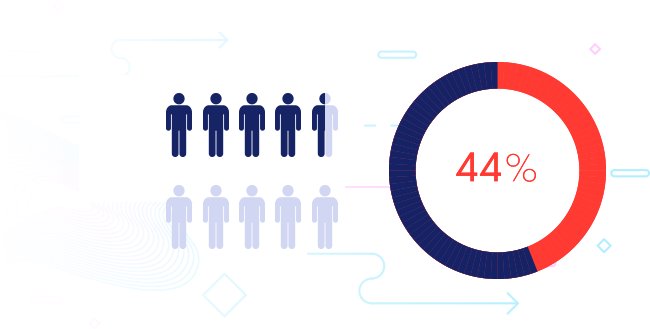
of companies claim price as one of their primary concerns when selecting business software.
When choosing a CRM software, you must first look at the Total Cost of Ownership (TCO), which is the total cost of the software, including the monthly or yearly fee you pay to the vendor, per-user charges, or any additional fees. Businesses must consider all cost aspects when making their choice. In this section, we have compiled a list of CRM pricing models, their advantages and disadvantages, and examples so you can choose the right CRM for your business.
Time-based Subscription Pricing Model
The feature-based subscription pricing model is a structure that allows customers to subscribe to a CRM software for a specific period of time for a price. In this model, users can 'subscribe' to a service on a monthly or annual basis.
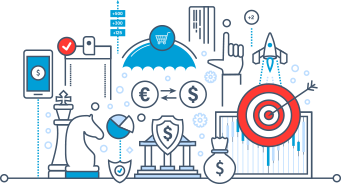
In this pricing model, customers pay for the service on a regular basis; pricing is determined by the length of the subscription, and often longer subscriptions are the cheapest. So, what are the advantages of a time-based subscription pricing model?
One of the biggest advantages of the subscription-based model for your business is that your cost becomes predictable. There is an upfront cost; therefore, you can manage your expense in advance.
The subscription-based pricing model is all about convenience.
Advantages
Upfront pricing:
You know what you have to pay per month.
Enhances transparency:
All the plans are made public, and you know what features you'll be getting.
Disadvantages
Expensive:
temporary subscription is costly for businesses in the long run.
Unnecessary purchases:
you may end up purchasing services/features you do not require as customization is not available.
Easy to manage costs:
It is predictable; you know the exact amount you have to pay each month forthe subscription, thus making it easier to manage costs.
Example: A VPN company offers a time-based subscription in which you can choose between a monthly, 6-months, and 15-months subscription plan. The features and services offered remain the same, but the price changes as per the duration of the subscription.

1 Month
$12.95
per monthBilled $12.95 every month.
30-Day money back guarntee.
49%
6 Months
Includes 3 free monthsSpecial Deal
$12.95
$6.67
per monthMost Popular
Billed $194.20 $99.95 first 15 months.
and 12 months thereafter.
30-Day money back guarntee.
6 Months
$9.99
per monthBilled $59.95 every 6 months.
30-Day money back guarntee.
Pay-As-You-Go Pricing Model
PAYG, Pay & Go, or Pay-As-You-Go pricing model is a comparatively newer pricing model in the CRM industry which combines the salient features of subscription and consumption-based pricing models.

The PAYG model is more variable than the standard pricing models as users are charged according to how much product they have consumed. Typically, users have to pay a base rate along with additional charges on the basis of consumption.
Think of your mobile data plan; when you surpass your monthly data allowance, you are charged more than the base rate. The same is the case here; the charges are linked with consumption, which offers greater flexibility.
Usage-based pricing models are best for small businesses as they can avoid the high upfront costs of CRM and only pay based on their usage. This way, it becomes easier to control the budget. However, if we talk about large companies, this model is not the best choice as with heavy usage, you will incur huge costs.
Advantages
Low barriers to entry:
With PAYG, you do not have to pay a fixed monthly fee; you only pay when you use the service.
Flexibility:
Charges depend upon your consumption level, thus offering flexibility.
Disadvantages
Recurring costs:
PAYG can be expensive for businesses with high usage needs as it will lead to huge recurring costs.
Difficult to predict:
Your cost can be different each month, which makes it hard to project the cost of usage.
More control over budget:
costs are based on consumption, so you can control your expenditure and overall monthly budget.
Example: Snowflake offers usage-based pricing to its customers. Users only have to pay for the services they use in a given time period.

PAY FOR THE COMPUTE AND STORAGE YOU ACTUALLY USE
Turn compute resources on and off, so you only pay for what you use
Store near-unlimited amounts of data at affordable cloud rates
Grow your analytics infrastructure with linear cost scalability
Flat Rate Pricing Model
The flat-rate pricing model is simple - there is one plan, a fixed set of features, and a fixed price per period. Flat-rate pricing is very straightforward, you pay for a set of features, and if you want additional features, you raise your rate.
Flat-rate subscription pricing is great for small companies with a limited budget who want minimum discomfort. However, the flat-rate pricing model is not common in the SaaS CRM industry because the one-size-fits-all approach is not best for all businesses.
Therefore, most companies offer multiple subscription plans with different pricing.
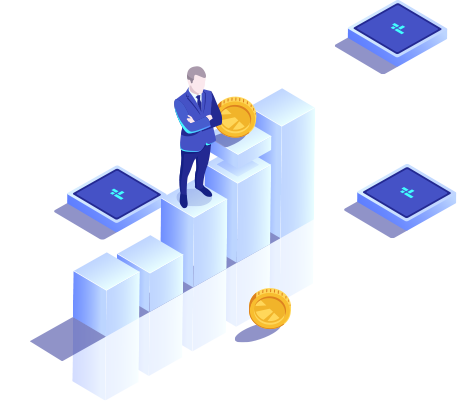
Advantages
High transparency:
There is only one price for one plan. You know exactly what features you are getting and what you are paying for them.
Predict monthly costs:
It's easy to predict monthly costs as there is a fixed pricing .
Disadvantages
Limited options:
One-fit-all approach means no options when it comes to features.
High price for add-ons:
You might have to pay a higher price for additional features.
Easier to understand:
There is a flat rate, and it does not depend upon usage or the number of users, so it's easier to understand.
Example: GoPro offers a flat-rate subscription model in which users get a set of features for a flat annual fee. There are no other pricing plans or options, and there are no additional fees.


Tiered Pricing Model
Tiered pricing is a model where a CRM company offers multiple packages or 'tiers' that offer different features and add-ons for a specific price. Think of your Netflix subscription; for a certain price, you can purchase a standard, family, party, etc., subscription.
Usually, each progressive tier offers more features and charges a higher price.
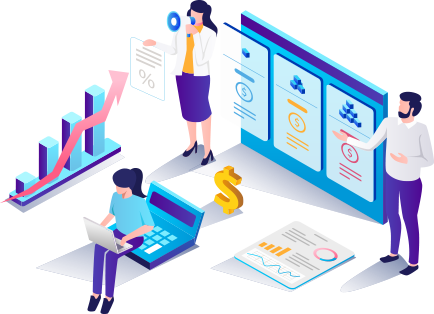
Tiered pricing is focused on the needs of different businesses - small, medium, and large, thus catering to a number of companies with different CRM needs. It gives you the power to choose the plan that suits your business needs the most.
Advantages
More options:
You can subscribe to a plan according to your business requirements.
Cost-effective:
You only pay for features that you are using, not the entire software.
Disadvantages
Expensive upgrades:
Basic plans only offer limited functionality, and premium packages are expensive.
Scalability:
If your business is growing, you can always change the tier and upgrade to a higher plan.
Example: Netflix uses a tiered plan to price its offerings. In this model, users can choose from a variety of plans, each successively more feature-rich and costly than the last. Choosing a higher costing plan means getting more services/features.


Freemium Pricing Model
Freemium pricing is quite common in the IT world, where a basic set of CRM services is offered for free, and for advanced features and functionality, the user has to subscribe and pay a fee.
This model is used by companies so users can use their software without cost for a fixed period of time to test the software.

After the free demo, most companies are likely to opt for the service. It is best to increase the customer base with no incremental costs.
Freemium products convert customers 25% more as compared to free trial models.
A great example of this strategy is LinkedIn. Anyone can sign up for LinkedIn as all you need is an email address to make your account. This is called the basic account, and you can add as many people as you want.
However, if you want to see the full list of people who have visited your profile, you will need a premium account that comes at a price tag. The Basic Account gives you a peak or a teaser into the real platform.
Most CRM software companies offer a freemium version of their service with limited features and scalability. Similarly, others offer their services free of cost for a limited time. For example, you can use the service free for 30 days, after which you will be charged. This model is attractive because you can test the service free of cost to see if it meets your business needs and requirements.
Advantages
Cost-saving:
You can try the free version free of cost.
Free Trial before buying:
You can try all the features of the software free of cost for a limited time.
Disadvantages
Limited functionality:
Free version comes with very limited functionality and features.
Inflexible:
You can only have a limited number of user accounts for free (most only offer 1 user account).
Example: LinkedIn gives users a one-month free trial of its premium services. While users can create their basic account for free, they have to purchase a premium account to avail special features. The one-month trial allows them to test the premium features without cost.


User-based Pricing Model
The user-based or per-user pricing model is used by most CRM companies; in this model, pricing is determined by the number of users - the more the users, the more you have to pay for the service.
Per-user pricing is easier to understand and flexible for companies as it is directly proportional to the number of users. Think of Grammarly – the more the number of users, the more it will charge you.
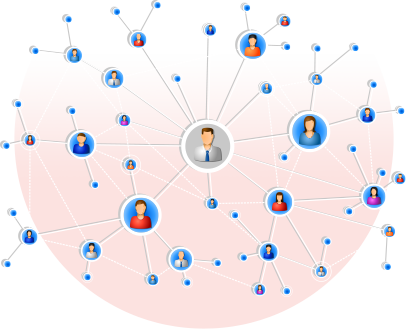
Per-user pricing is often used in combination with other pricing models. For example, a company may charge you for the number of active users who are using the software instead of all the employees in the organization.
Advantages
Predictable cost:
Cost is based on per user, so it is predictable and also manageable for small firms.
Easy to understand:
It is quite easy to understand; more users mean higher cost and vice versa.
Disadvantages
Expensive upgrades:
Upgrades can be expensive for a growing firm with an increase in employees.
Not the best option for large firms:
If your company has 200-500 members, a user-based model is not the best as it will become very expensive, considering the number of users.
Scalability:
If your business is growing, you can always increase the number of subscribers for your team members.
Example: Grammarly is the perfect example of a user-based pricing model. It charges per user and increases prices based on features and functionality.

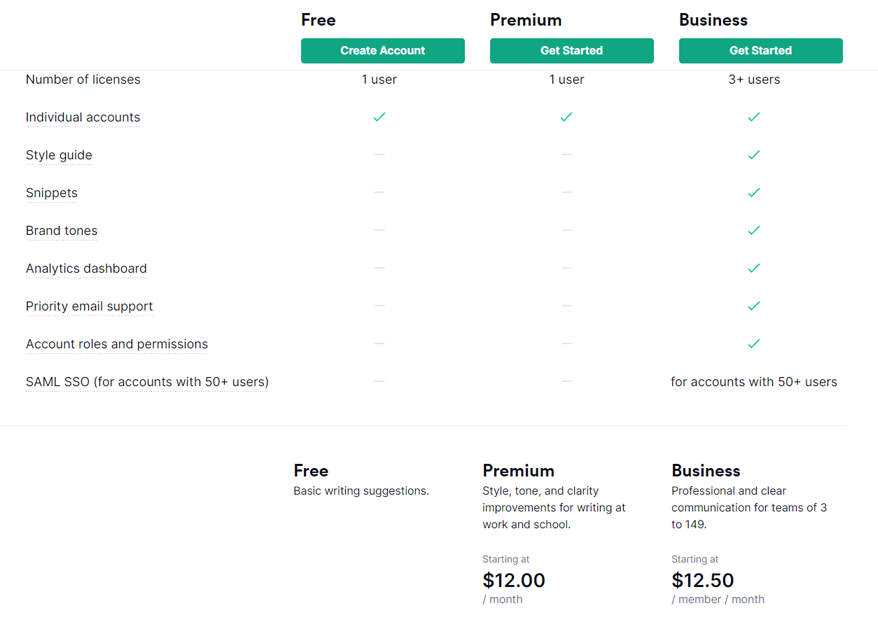
Licensing Pricing Model
A Licensing pricing model consists of paying for a software license. These can be perpetual licenses that are sold on a one-time basis. There is also a subscription license that you have to pay for on a recurring basis; it could be for 30 days or an annual subscription. The subscription is automatically renewed after the initial subscription.
Subscription licensing is the most common licensing pricing model used by popular services like Canva. This model is easier for the customers to understand as there is no confusion regarding the number of users or total usage. You pay for the license either one time or per month, and it can be used as many times by as many people as required.
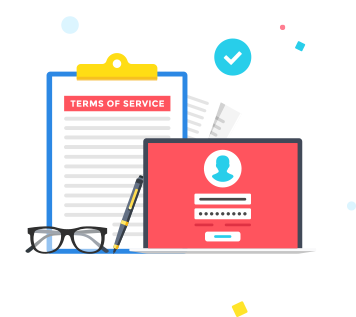
Advantages
More cost options:
You can either buy the license with a one-time payment or opt for monthly payments.
Easy to understand:
It is quite easy to understand as there is fixed pricing, and it does not depend upon the number of users or total usage.
Disadvantages
Slightly expensive:
Licensing can be expensive for small businesses.
Useless features:
You might end up paying for fancy features that you would never need in your business.
Economical:
You only need to buy the license once, and it can be used by as many users as required
Example: Yellowfin is a business intelligence software that allows users to purchase a license with a one-time cost or perpetual license based on their base costs and chosen add-ons. Once you purchase the license, the software can be used by as many users and as many times as required.

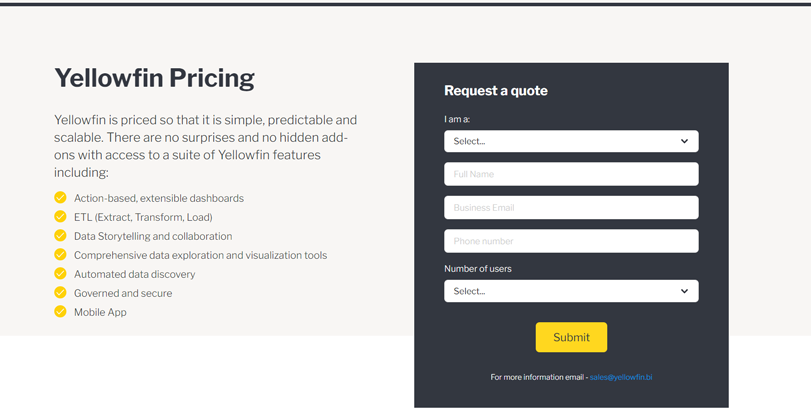
Which Pricing Model Should You Choose?
The pricing of your chosen CRM software will impact your bottom line. Therefore, you must choose a CRM that proves the most value-adding for your business. When choosing a pricing model, consider the following elements:
The size and need of your business
first and foremost, you must consider the size and requirement of your business. Software licensing is more suitable for larger companies, whereas usage-based pricing might suit smaller companies. Therefore, determine your company's CRM needs, i.e., the features and services you will require and the volume of usage before making a choice.
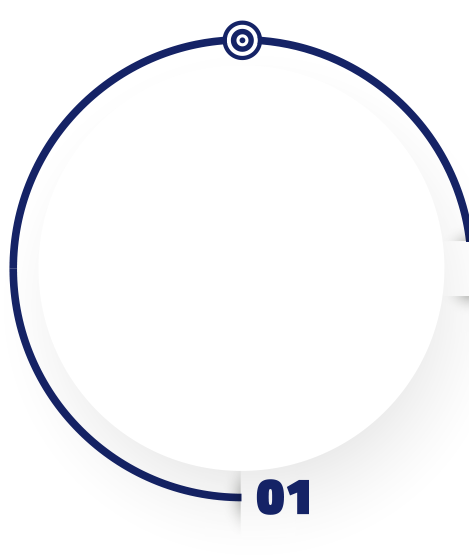
Scalability
Consider whether the software you are choosing offers scalable pricing options. Does the pricing model allow you to upgrade or downgrade the service? Determine whether you will be allowed to add new licenses or reduce features as your business expands or retracts.

No matter which pricing model you choose, you must ensure that it adds value to your business. Cost-effectiveness is secondary; you must choose a CRM that meets all your business requirements and helps you create a competitive advantage. If it's bringing more value to your business as compared to the price, it's worth it!
Have a project in mind?
Let's talk about it.
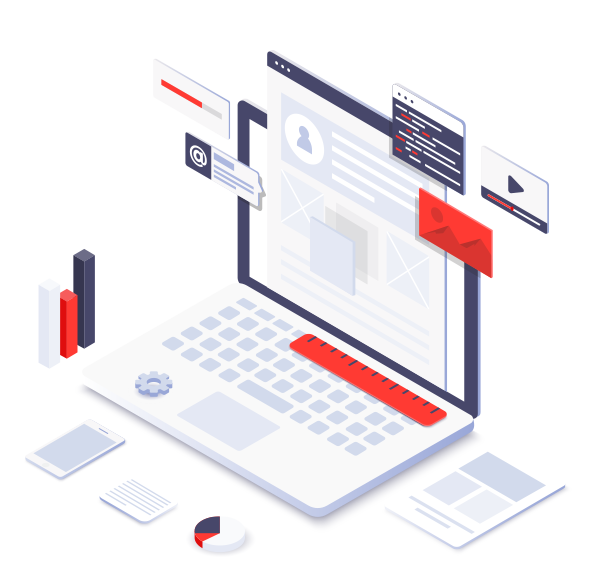


















Get the Whole page contents Case Study PDF

Save Case Study for offline access or to share it with your team.

Download Case Study PDF

We respect your privacy. Your email won’t be shared.
Click below to download the pdf.